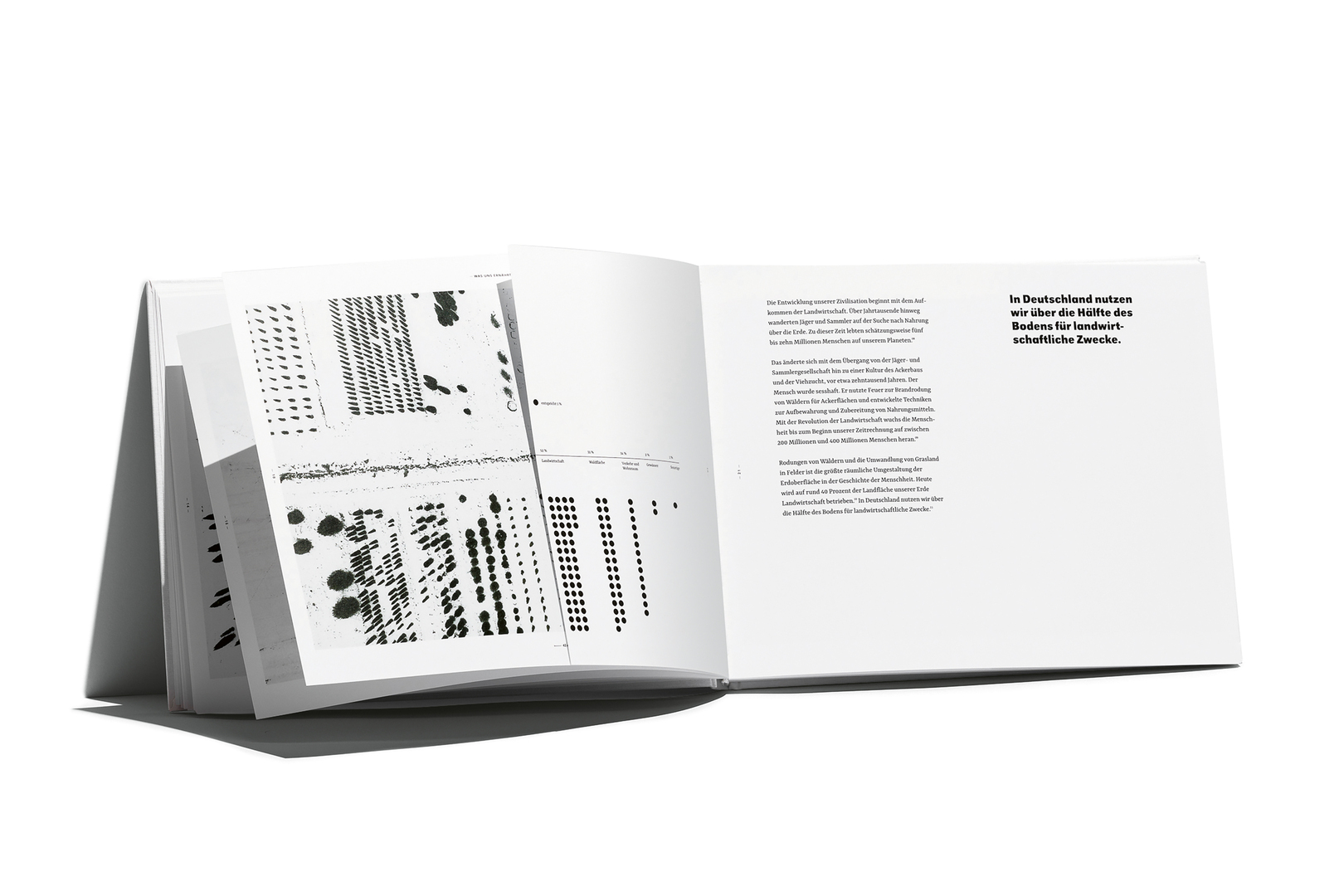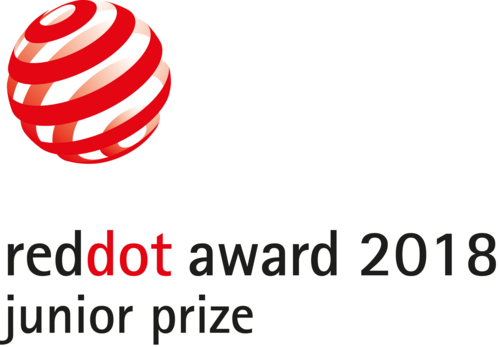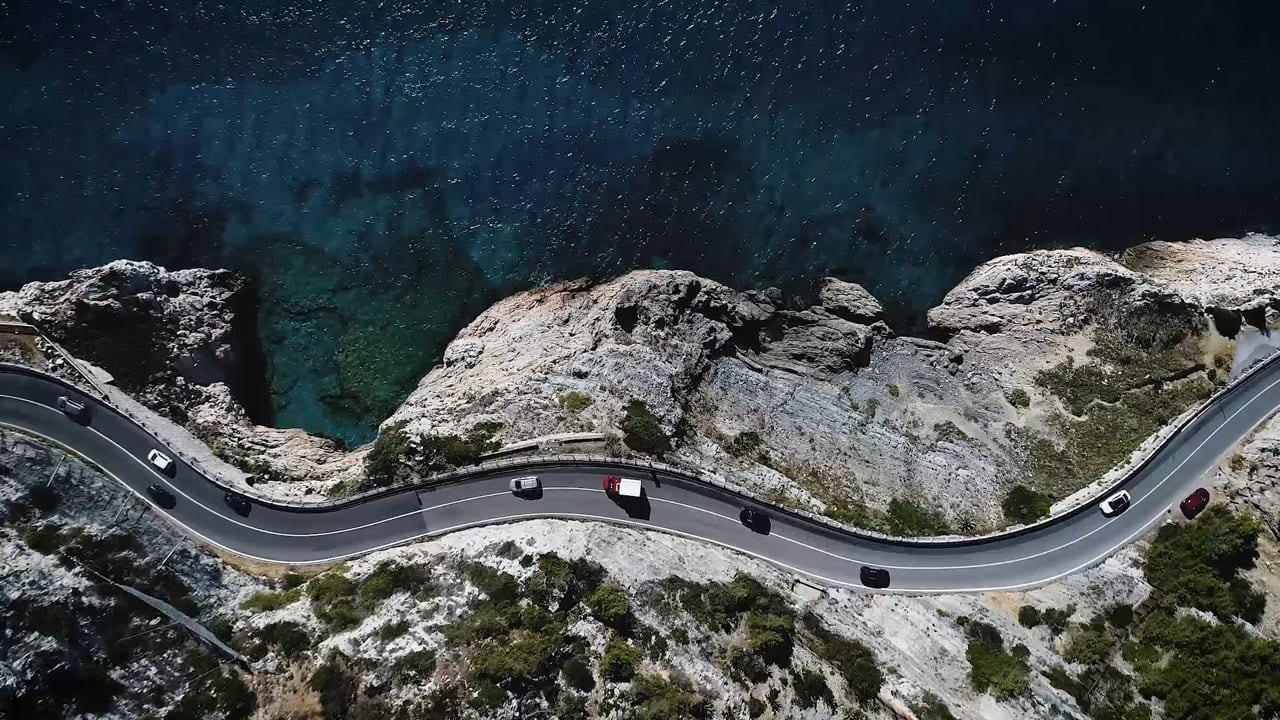
University: East China Normal University, Shanghai, China

Statement by the Jury
The title alone of this outstanding photographic work by Tom Hegen reveals that this book is much more than just unusual photographs compiled between two covers. It indeed invites and delivers deeper thoughts, as it places the focus on “human altered landscapes”, which the young designer has compressed into the notion of “HABITAT”, a term that – although not quite correct, yet commonly used in this context – denotes “living space”. Embodying a dynamic symbiosis of impressive aerial photographs and a powerful concept, the book piques curiosity and is highly engaging and overall convincing. Tom Hegen has dedicated this book, created as his master’s thesis, to the fact that there are hardly any areas left in Germany that show no human influence – as we build roads and railway lines, create gravel pits and fields to grow grains, deforest areas and reforest elsewhere. As a result, almost 100 per cent of areas in Germany have lost their original natural state. Whether one finds this development deplorable or accepts it as unavoidable reality, concerns like these did not enter into the concept of this book. Instead, Tom Hegen has adopted the role of an observer, without being moralistic, to discover our planet from a different perspective. Using a self-designed and custom-built drone-like multicopter, he documented landscape sections that feature a particularly strong contrast between primordial nature and human-made habitats. To do so, he often had to wait for the best possible time of day or even season – the photographs were taken over a period of eight months – in order to achieve results that best exemplify and illustrate this contrast. The drone perspective thereby is as unusual as it is revealing – condensing the three-dimensional landscapes into geometric structures, patterns and coloured surfaces. An outstandingly aesthetic yet, in terms of perception, unfamiliar approach towards representation has thus transformed otherwise dull environmental manifestations into attractive photographic topics. A total of 95 photographs has been categorised by Tom Hegen into five chapters that trace the evolution of human civilisation. How do we nurture ourselves? What energies do we use? The photographs are supplemented by texts, representative facts and infographics. Printed in part on shortened pages, the infographics can be placed over the documented landscapes, changing our perception and understanding. Alongside being visually fascinating, the unusual photographic angles help to understand the dimensions of man’s intervention in natural spaces. Scientists have even proposed the new epoch of the Anthropocene, which identifies humans as one of the most significant factors influencing the biological, geological and atmospheric processes on earth. It is this abstract proposition that Tom Hegen has translated visually – without judging it, but turning it into an experience and, in so doing, fulfilling the very essence of communication design. Moreover, in terms of form, the young designer has also skilfully approached the consciously chosen medium of a printed book. A linen cover with blind embossing, the integrated gatefold pages and the slipcase epitomise many strong points of this medium. Tom Hegen had discovered his passion for photography as a means for seeing things with a different eye already while pursuing his bachelor’s degree course at the University of Applied Sciences Augsburg. In 2015, he took up his master’s degree course at HTWG Konstanz, graduating with flying colours – “HABITAT” is an ambitious project that, after all, has also deservedly won this year’s Red Dot: Junior Prize.


